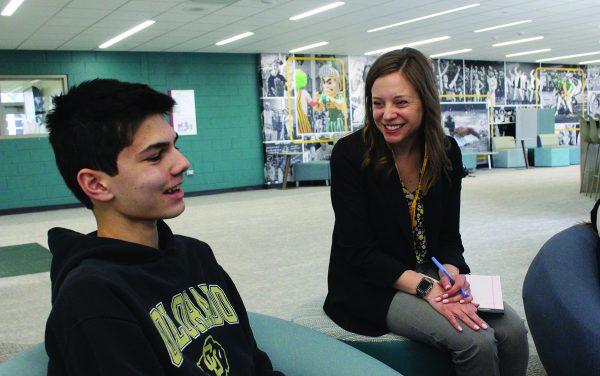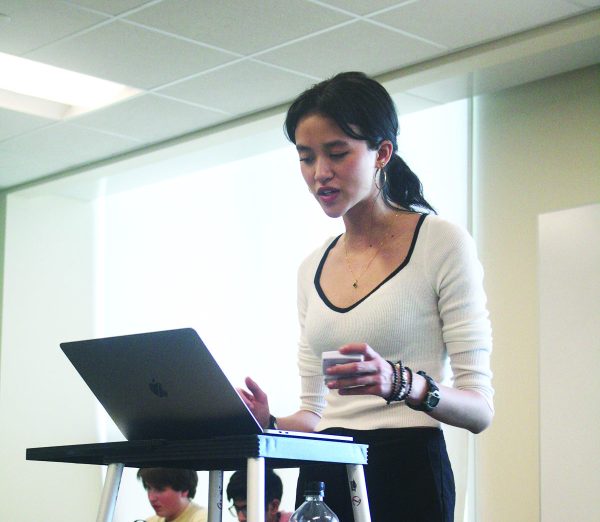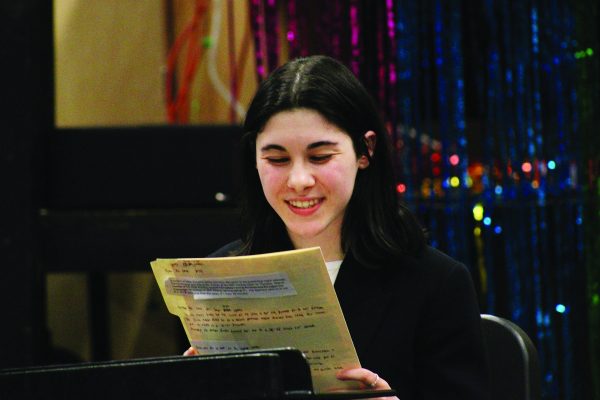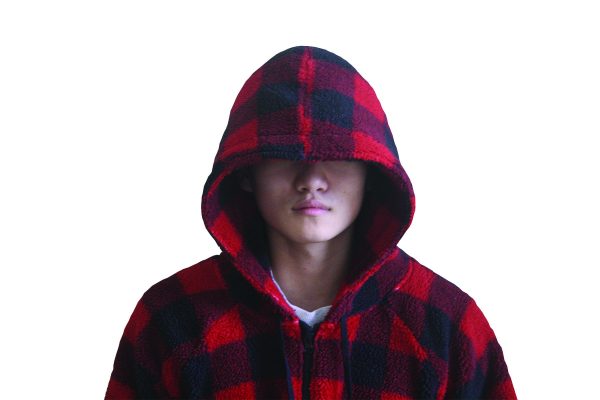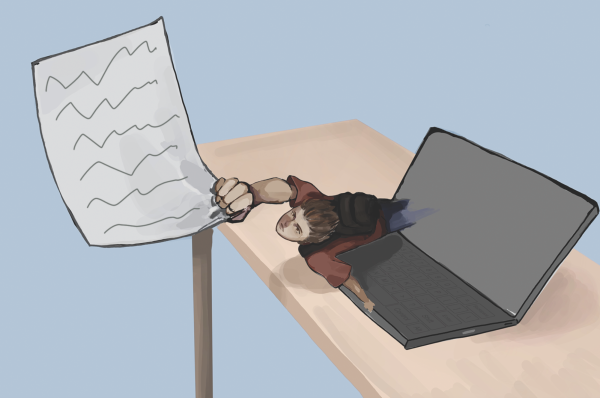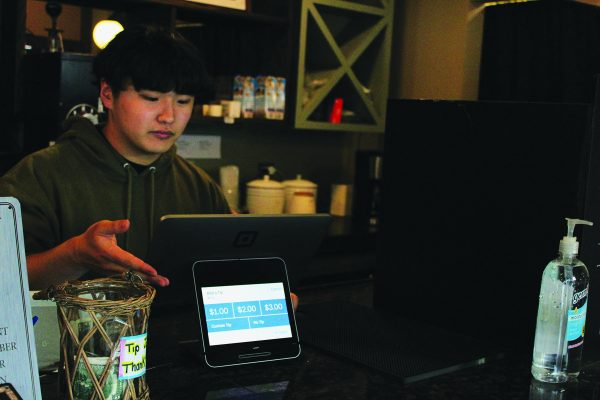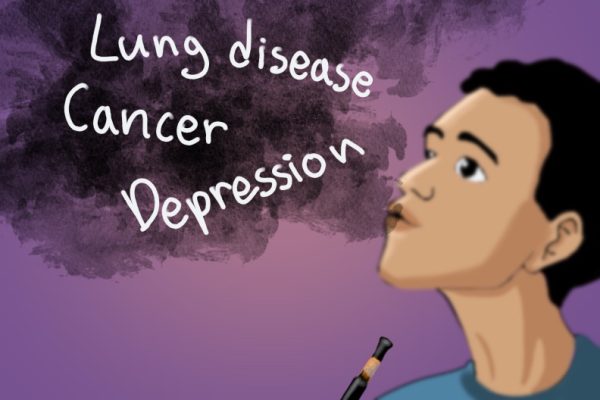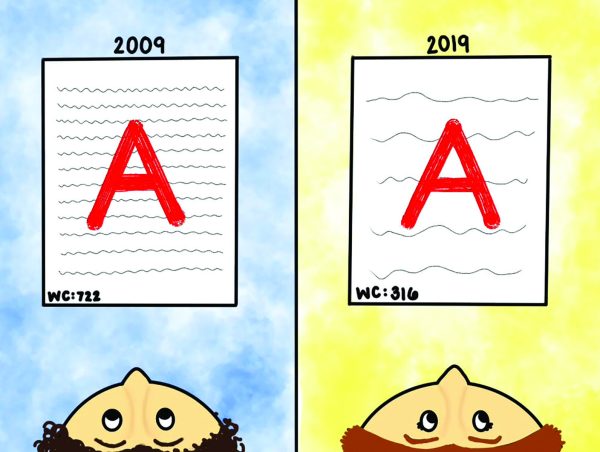Students sign into new club
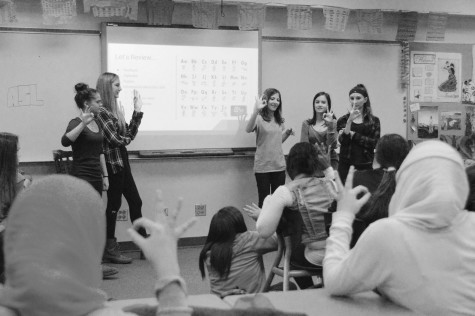
When freshman Jenna Lasky walks into class at the Center on Deafness in Northbrook, she has conversations with her classmates and instructors. But, the conversations are silent.
“I sometimes see one of my instructors who works at Sunset,” said Lasky. “I sign to him every time I see him. It’s a great experience [to communicate with him] when he probably goes through his day without anyone signing to him.”
Lasky is the creator of the American Sign Language (ASL) Club at Glenbrook North. She said she chose to create the club to help hearing students communicate with deaf individuals.
According to Lasky, club members will learn signs from chapters in the book “A Basic Course in American Sign Language,” but they will not learn a lot of grammar.
“I myself have not had much experience with ASL grammar,” said Lasky. “I mostly use Pidgin Signed English grammar, which is [structurally similar] to the English language.”
Lasky said in addition to learning lessons from the book, club members will try to combat misconceptions associated with Deaf Culture through activities, such as answering true or false questions.
Cathryn Collopy, a doctorate of audiology student at Washington University School of Medicine in St. Louis, said she defines Deaf Culture as a group of people who value their deafness and use it to connect with one another.
Collopy said people in Deaf Culture do not usually like audiologists because they view audiologists as “a threat to eliminating their culture and taking away from it.” At the same time, people in Deaf Culture value ASL because they find it very meaningful as their mode of communication.
Collopy, who was born deaf in her right ear, said although she has learned to compensate for her deafness, she has faced challenges as well.
“You need two ears in order to know where sound is coming from, just like you need two eyes to be able to tell how far away something is,” Collopy said.
Rosemarie Carsello, an ASL teacher at Glenbrook South, said one misconception about Deaf Culture is the belief that it is polite or politically correct to refer to someone who is deaf as “hearing impaired.”
“The idea of an impairment is a negative [characteristic], and many, many deaf people are completely comfortable with their deafness,” Carsello said.
Senior Mika Strom said she recognizes that many deaf people are proud to be deaf and would not want to change their deafness.
Strom goes to GBS during the school day to take its ASL class because GBN does not offer the course.
She said she is now able to communicate with people who are deaf when she attends events like deaf volleyball games.
“I’ve never had a class that has taught me as much as [ASL] has,” said Strom. “I learn more in a week of sign language than I do in a year of math.”
Kellye Guzik, instructional supervisor of world languages, said GBN does not offer the ASL class because of “feasibility issues.”
“As much as I would love to see more [language] course offerings, we have to be practical in terms of the number of students interested,” Guzik said.
Lasky said people who do not have the time or ability to go to GBS to take the class can now attend the club at GBN, which meets every other Tuesday from 3:10 p.m. to 4:10 p.m. in room A226.
“We shouldn’t deny ourselves the opportunity to learn from [deaf people] or laugh with them because of a communication barrier,” said Lasky. “[People should] join ASL Club or pick up a few signs from a friend [to make a] difference in a deaf person’s life.”


